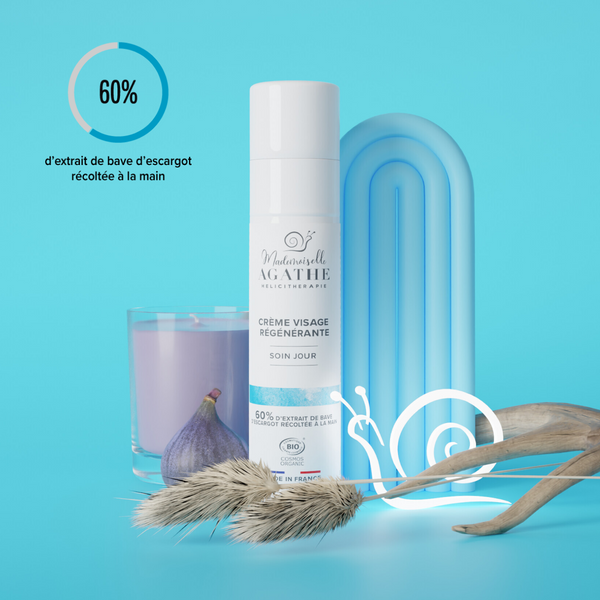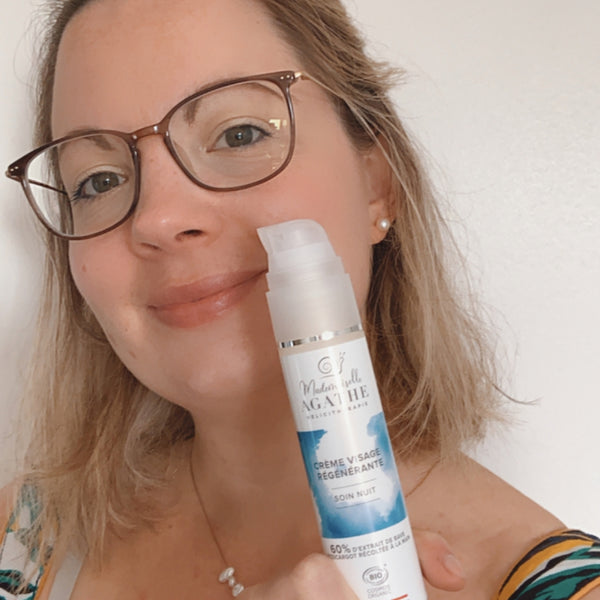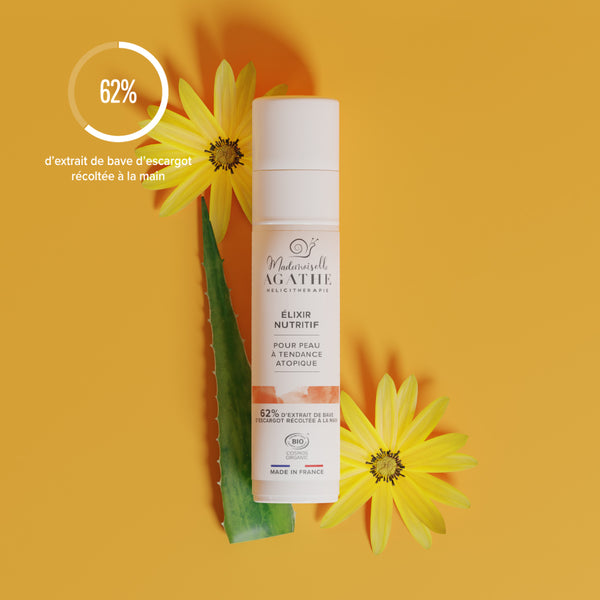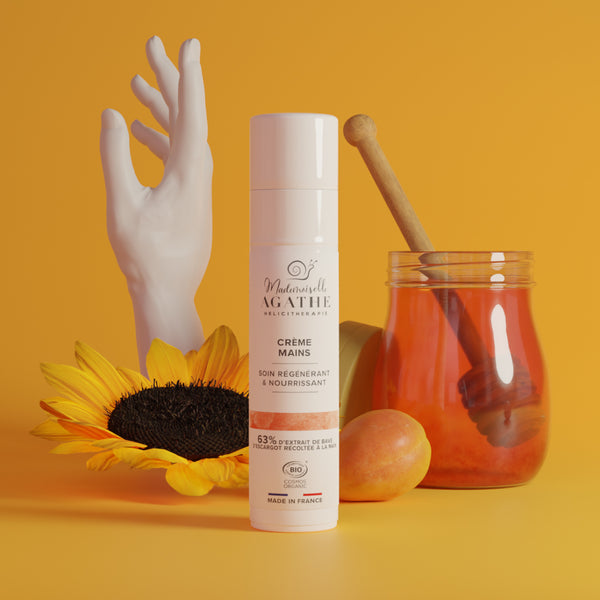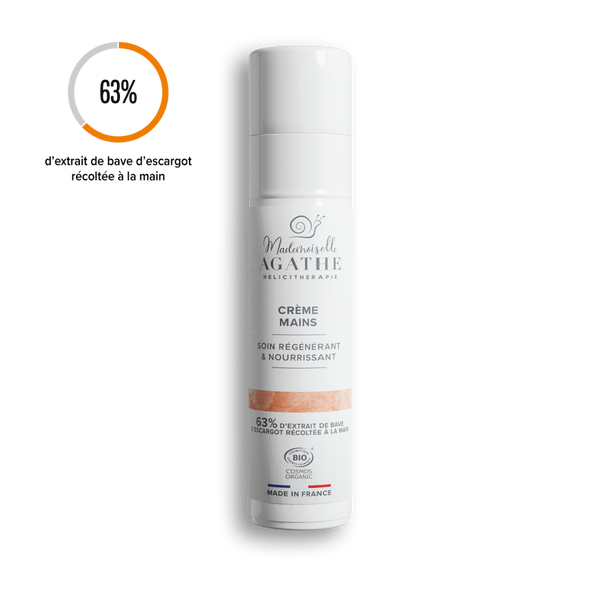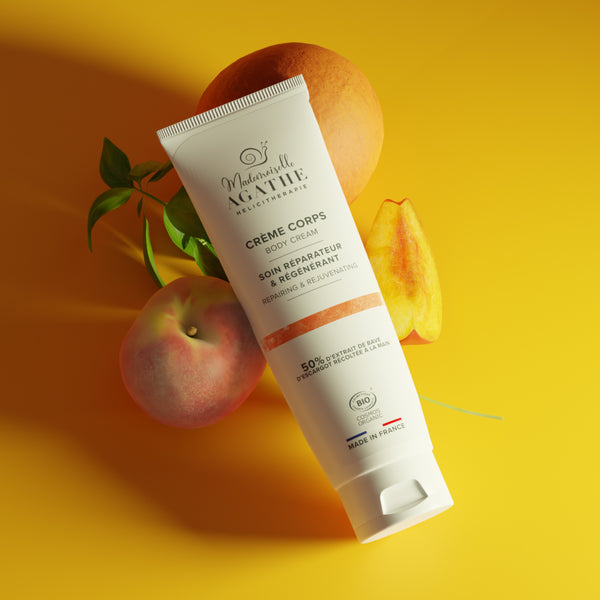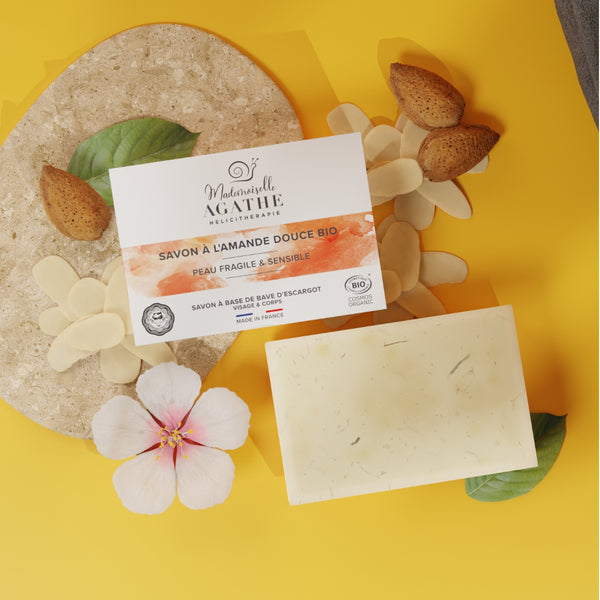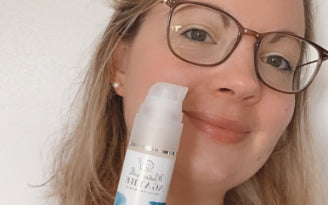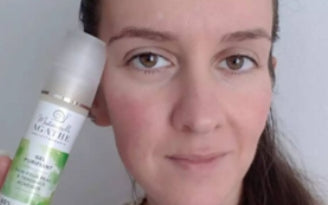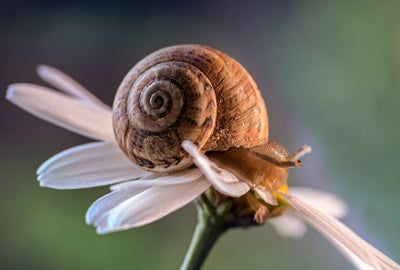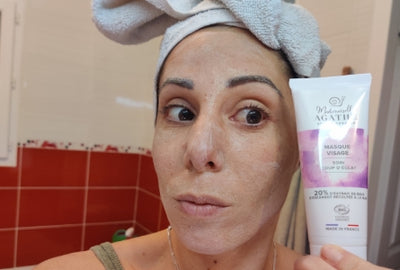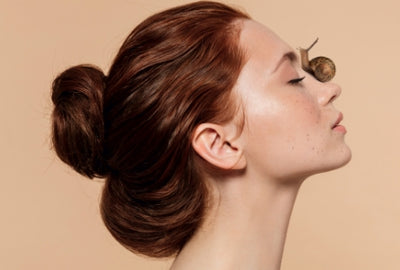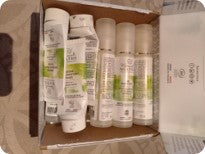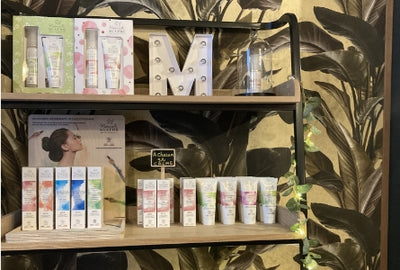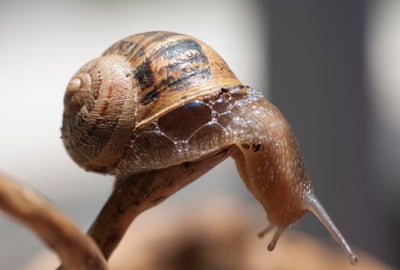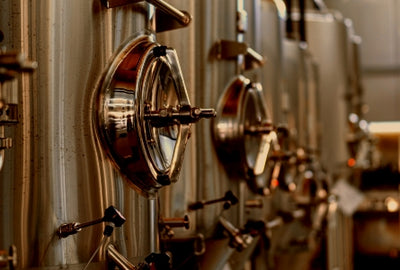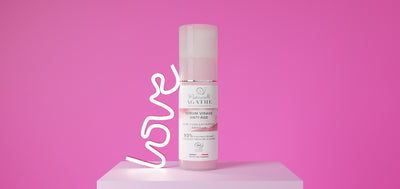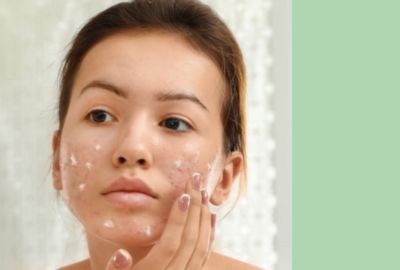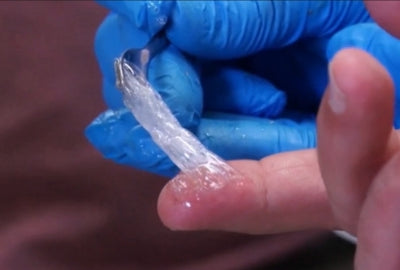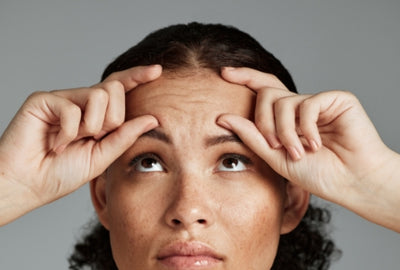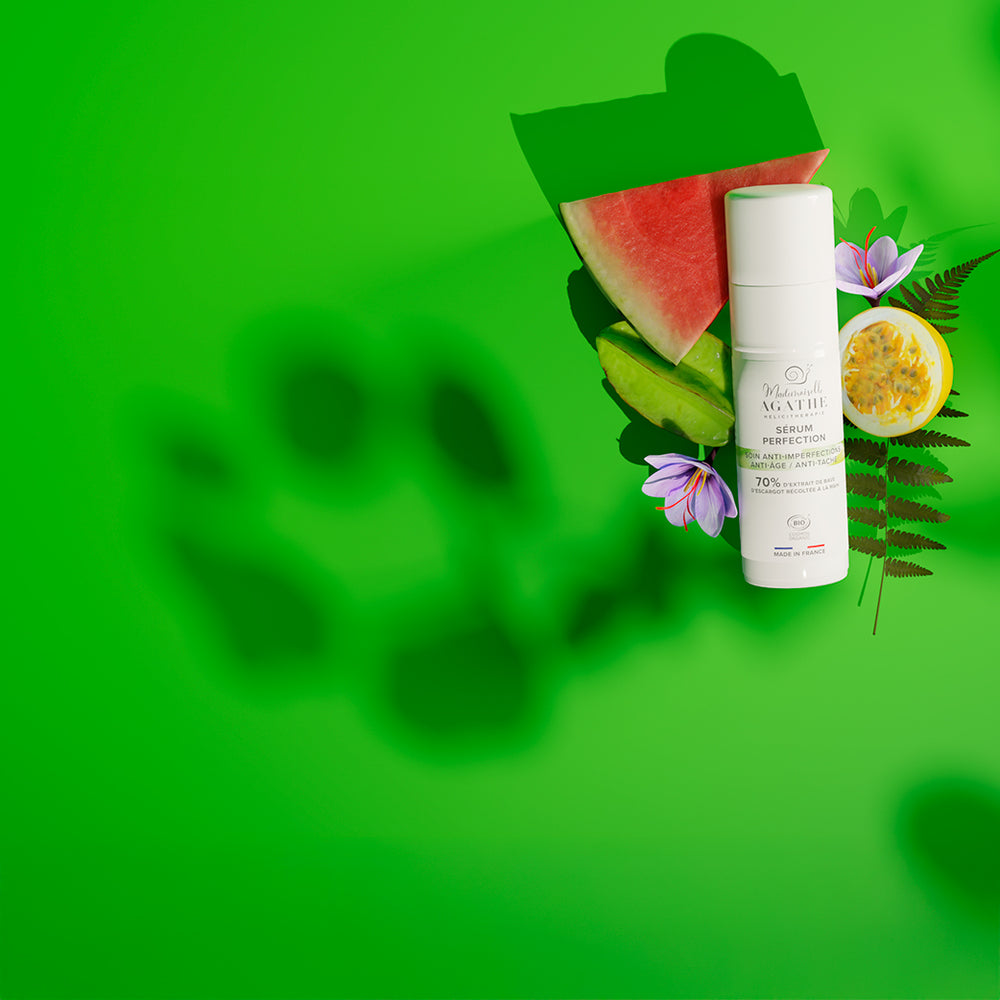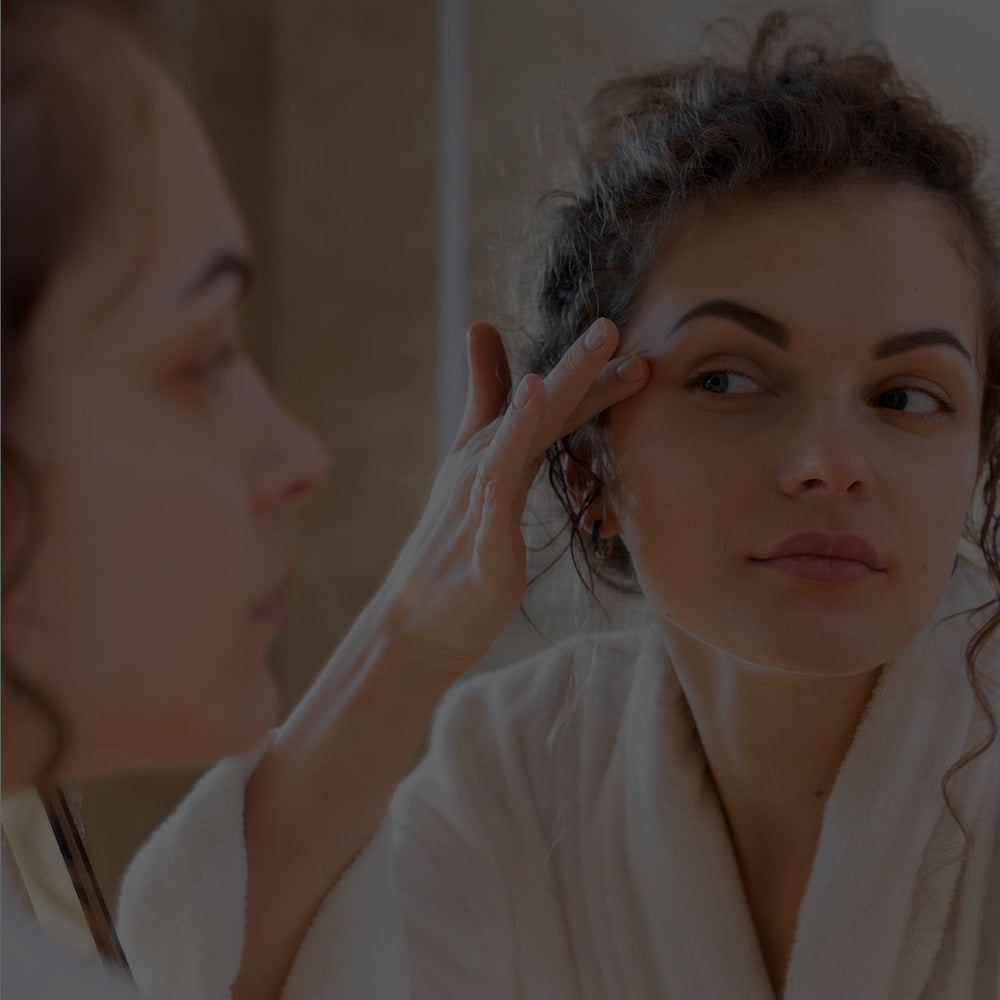Snail slime in therapy
The snail, a small animal somewhat against the tide of our always rushed societies, has been, over the centuries, the object of much attention; Alternately mythical and symbolic animal or defied, it arouses disgust or admiration.
Helicotherapy: a therapeutic heritage from antiquity to the present day
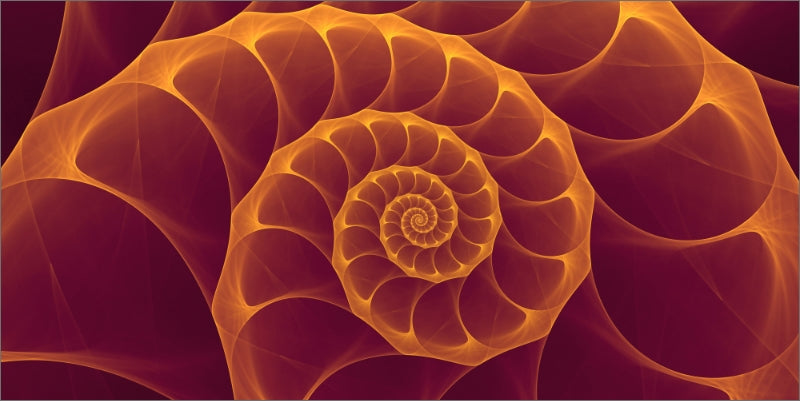
Gastropods, specifically their mucus, have been recommended in medicine since ancient times. With a good number of writings specializing in pharmaceuticals, prepared in many ways, snail mucus is still today the subject of scientific studies in very different fields: from medical glue to syrup against cough or an anticancer drug that attaches to metastatic tissue.
Snail mucus is cited for example in the work of the famous pharmacologist O. Figuier around 1840 "The snails contain an animalized mucilaginous principle, poorly known in its chemical nature but which some people, however, use with confidence in chest diseases ". And Figuier indicates that several doctors have experienced the use of snails in therapy as a remedy for "phthisis" (a historical medical term for pulmonary tuberculosis).
Finally in the work on the chemical composition of snails and on the pharmaceutical perpetrations of which they are the basis, O. Figuier describes the useful pharmaceutical forms such as snail sugar, tablet, syrup, paste or even snail chocolate. These formulations are intended for oral administration and indicated against colds. Snail ointment is reserved for external use for chapping and scabby efflorescences.

The benefits of snail slime in history

Antiquity: the snail as a panacea!
Appreciated in cooking, it is also appreciated in medicine, a field in which it has been attributed multiple properties since Antiquity. These writings reveal multiple uses of snails, especially for therapeutic purposes. The animal as a whole or in part is presented as possessing properties as diverse as they are astonishing.
- Hippocrates recommended it in 400 BC. J.-C.
- Pliny the Elder - 23 to 79 AD. J.-C. - considers that snail mucus accelerates childbirth. In boiled form, "this remedy is supreme for alleviating the pain caused by burns, abscesses and other wounds".
- Celsus - Roman philosopher of the 11th century - recommends the raw and crushed snail with its shell as a healing agent; boiled, it affirms its emollient properties.
- Galen - ancient Greek physician - for his part, advises mucus against generalized edema under the skin.
From the 12th to the 18th century
The snail in the medieval pharmacopoeia
Hildegard of Bingen - a 12th century German Benedictine - believes that the cold nature of the snail enables her to stem the fire of infection. Hildegard of Bingen was proclaimed a Doctor of the Church on October 7, 2012 by Benedict XVI.

Mona Lisa's Beauty Secret
Mona Lisa, Renaissance, Florence, Italy.
Mona Lisa Gherardini, wife of the wealthy fabric merchant Francesco del Giocondo, lives in the Saint Orsola convent.
Our research and our contacts enabled us to discover the account books of the monastery of Sant'Orsola in Florence which revealed the proof of purchase dating very exactly from August 29, 1514 by Mona Lisa, of snail slime (used in the era as an anti-wrinkle facial treatment) for the sum of 7 pounds.
The documents below are undoubtedly the indisputable historical proof of the beauty secret of the most famous female icon in the world. Thus making Mona Lisa, recognized for her unalterable beauty, the most beautiful ambassador of our snail slime skincare range, whose anti-wrinkle properties are well established. Moreover, if it is very difficult to give an age to the face of La Joconde which has crossed the centuries... without taking a wrinkle, it is perhaps quite simply thanks to the snail slime.

The most extraordinary historical reference for our treatments
“Et addi 29 di decto ò avuto 1514lib. 7 da Mona Lisa del Giocondo per istillato aqqua di chiocciole e altre chose ch'ella vuole da noi. »
And on the 29th of the said month of August 1514 7 pounds received from Mona Lisa del Giocondo for snail slime extract, and for other things she requested of us. Monastery of Sant'Orsola
~~~~~

In therapy
Later, in 1738, the universal pharmacopoeia of Lemery Apothicaire (Pharmacist) born in Rouen in 1645, gives us the way to prepare snail slime extract for the following uses "It is moisturizing, refreshing, clean for redness of the skin, it is used to cleanse the face, to soften roughness, etc. »
The 19th century granted an important place to the snail in therapy and began, in 1808, with the work of Georges TARENNE on the use of this animal against hernia.
Guillaume-Louis FIGUIER , doctor of medicine in 1841 and professor at the School of Pharmacy in Paris, published a Memoir on the chemical composition of snails and on the preparations of which they are the basis. It describes several pharmaceutical forms: snail sugar, tablets, syrup, snail paste, snail chocolate, which are indicated against obstinate colds, pulmonary tuberculosis, acute and chronic irritations of the chest.
Jean-Baptiste Grégoire BARBIER (1776-1856), doctor, pharmacist, surgeon. It is certain, he says, "that in chronic inflammations of the pulmonary organs, the action of snail preparations has sometimes been able to diminish the activity of the morbid labor, arresting the progress, and finally completely destroying the disease ". He also cites the many helicated indications (based on snail mucus): used against most colds, coughs, bronchitis, asthma, inflammation of the tonsils, hoarseness, and certain skin conditions.
Jean-André CHRESTIEN (1758-1840), doctor in Montpellier, explains about snail paste and syrup: "In the 50 years that I have been practicing medicine, I have not found a remedy more effective than snails against chest irritations”.
20th and 21st century: science corroborates the benefits
The works of the 20th century will really confirm the therapeutic properties of the snail
André QUEVAUVILLER (1910-1981) pharmacist and university researcher. His scientific work first reviews the pharmacological activities of Helix mucus and its inhibitory action on cultures of whooping cough bacilli of Brolet and Gaugon, as well as its spasmolytic activity on the respiratory tract. Snail mucus will also be marketed in 1957 with Helicidin, cough syrup still on sale today.
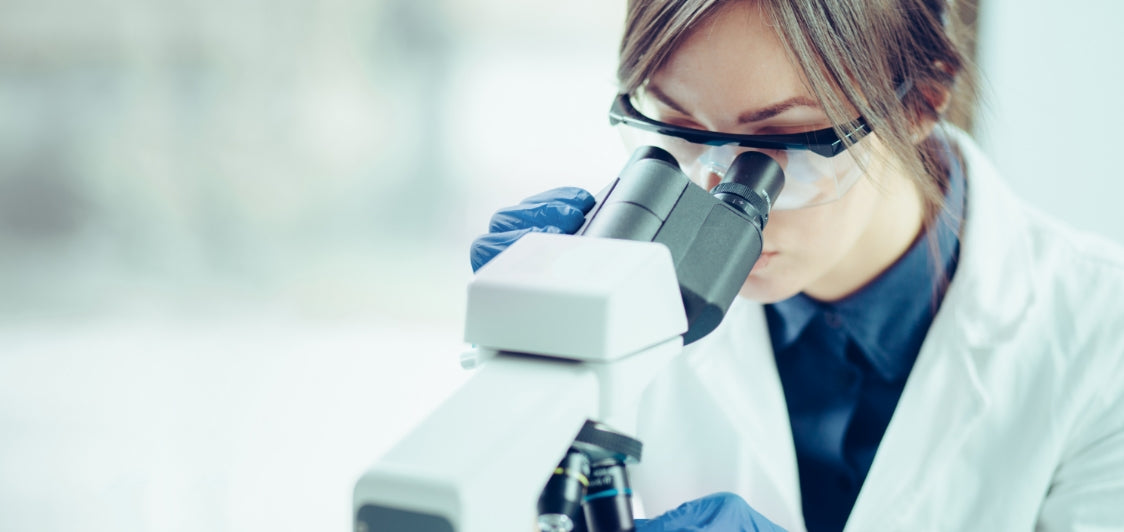
Research still ongoing...
Snail mucus is still the subject of a large amount of research, particularly in the medical field with HPA ( Helix Pomatia Lectin ) which attaches to metastatic tissues.
Research at Harvard University (United States) on snail mucus is still underway to create a glue compatible with cells and effective on moving or moist tissues.
Further research is being conducted on the outwardly visible asymmetry in the lungsnail which has long provided a fruitful avenue for exploring the tractability of cell division visible in some snails. With spiral cleavage visible from the start of development which proceeds in opposite directions in embryos.
We ourselves have carried out a series of scientific studies on the composition and protein composition of our snail slime extract.
